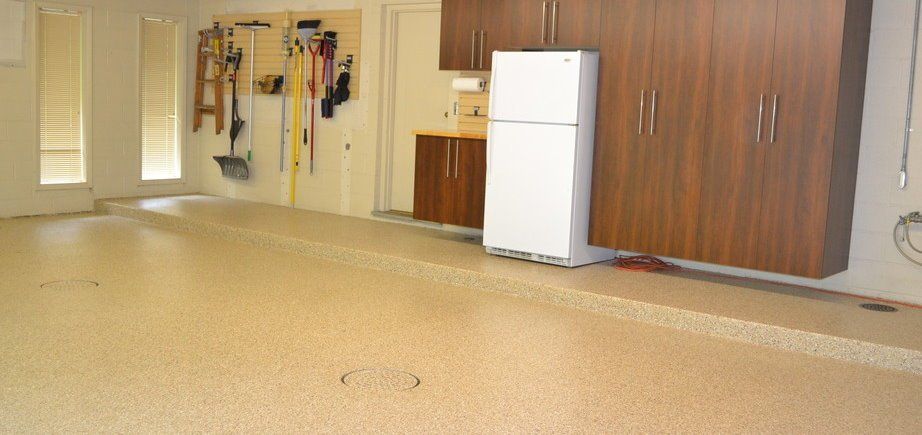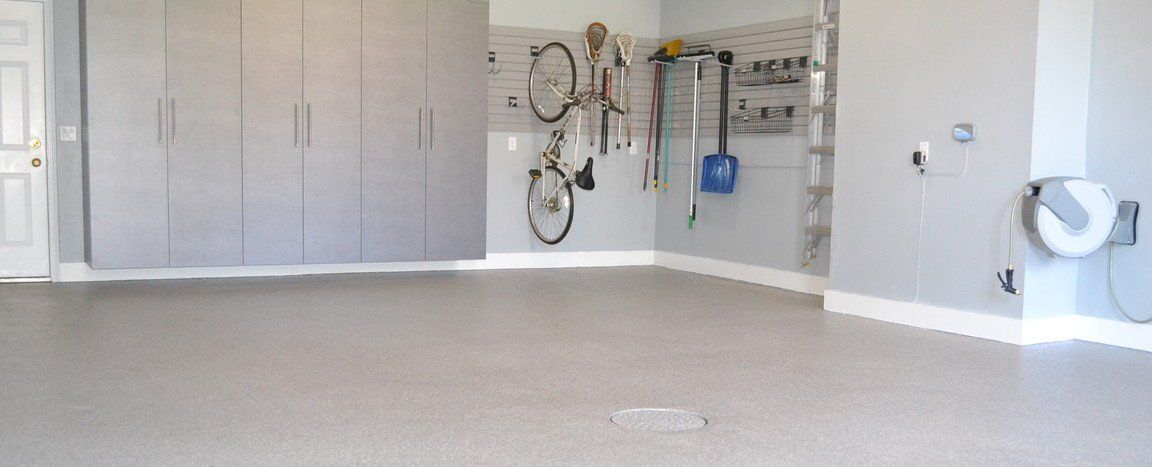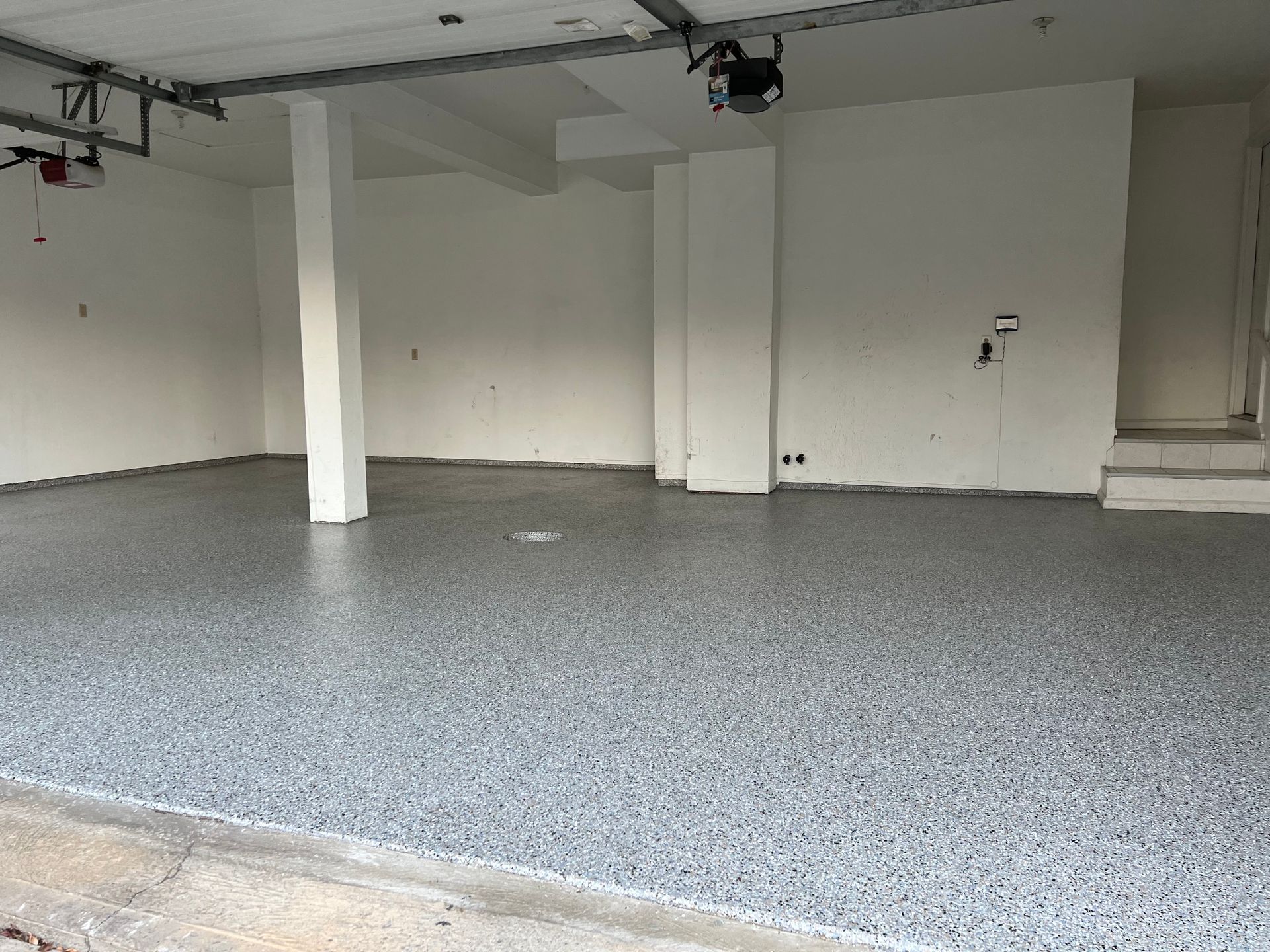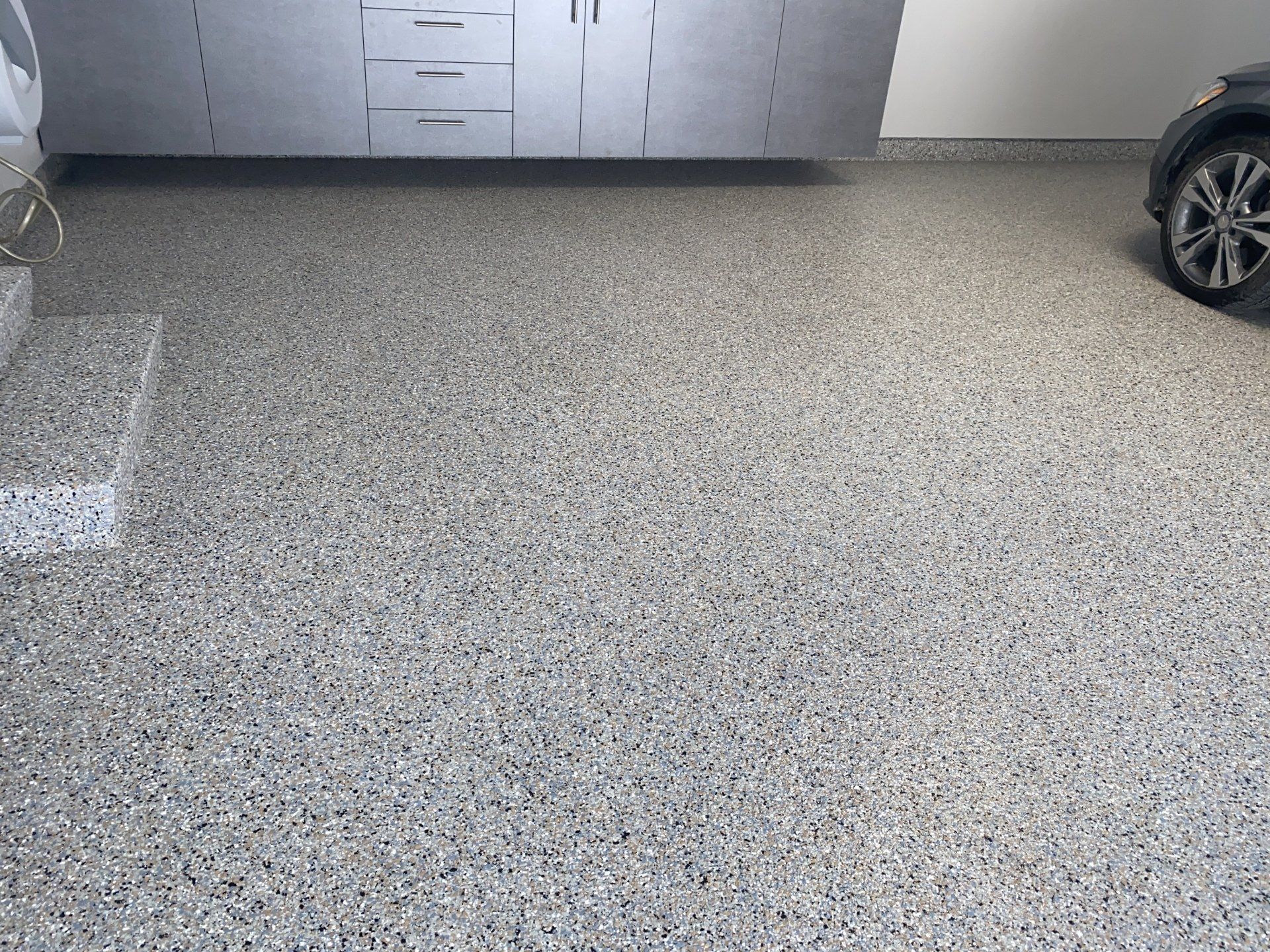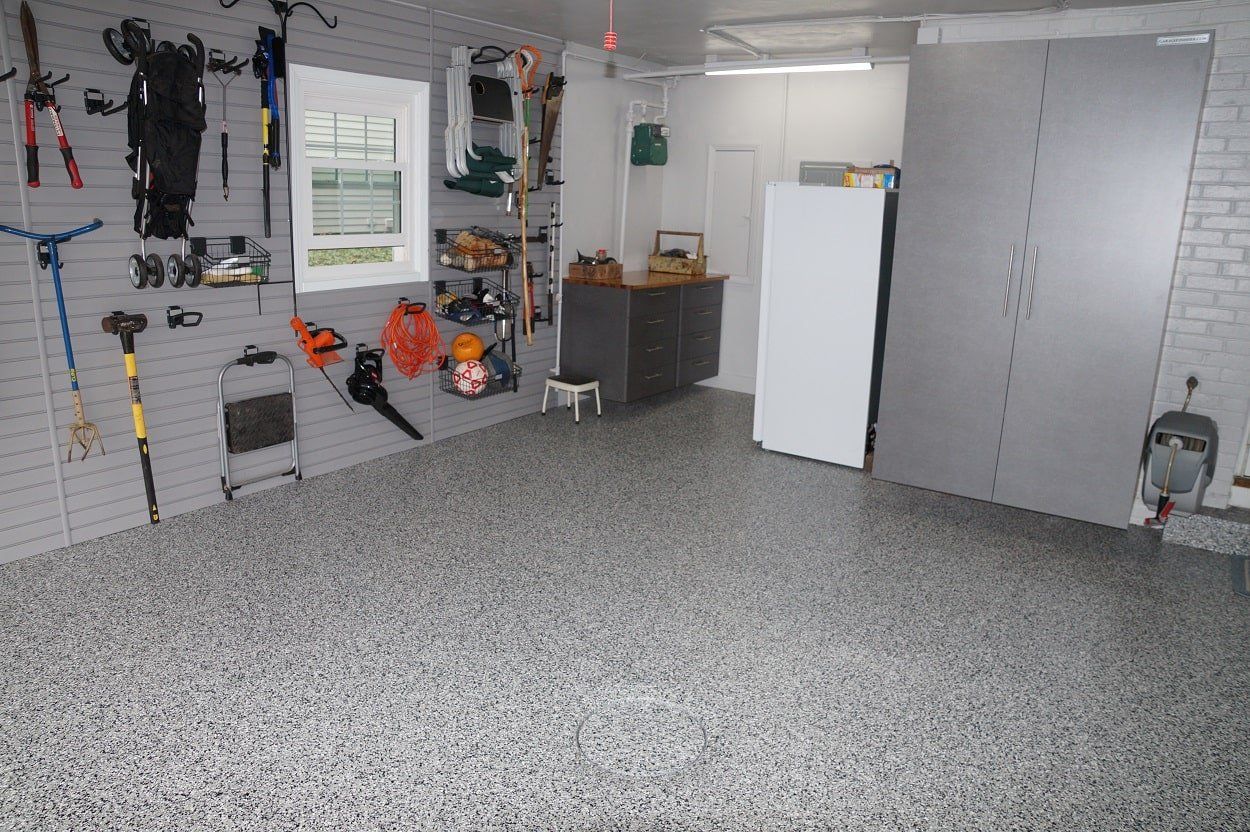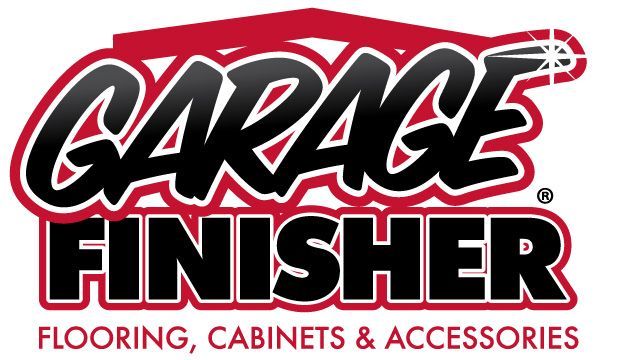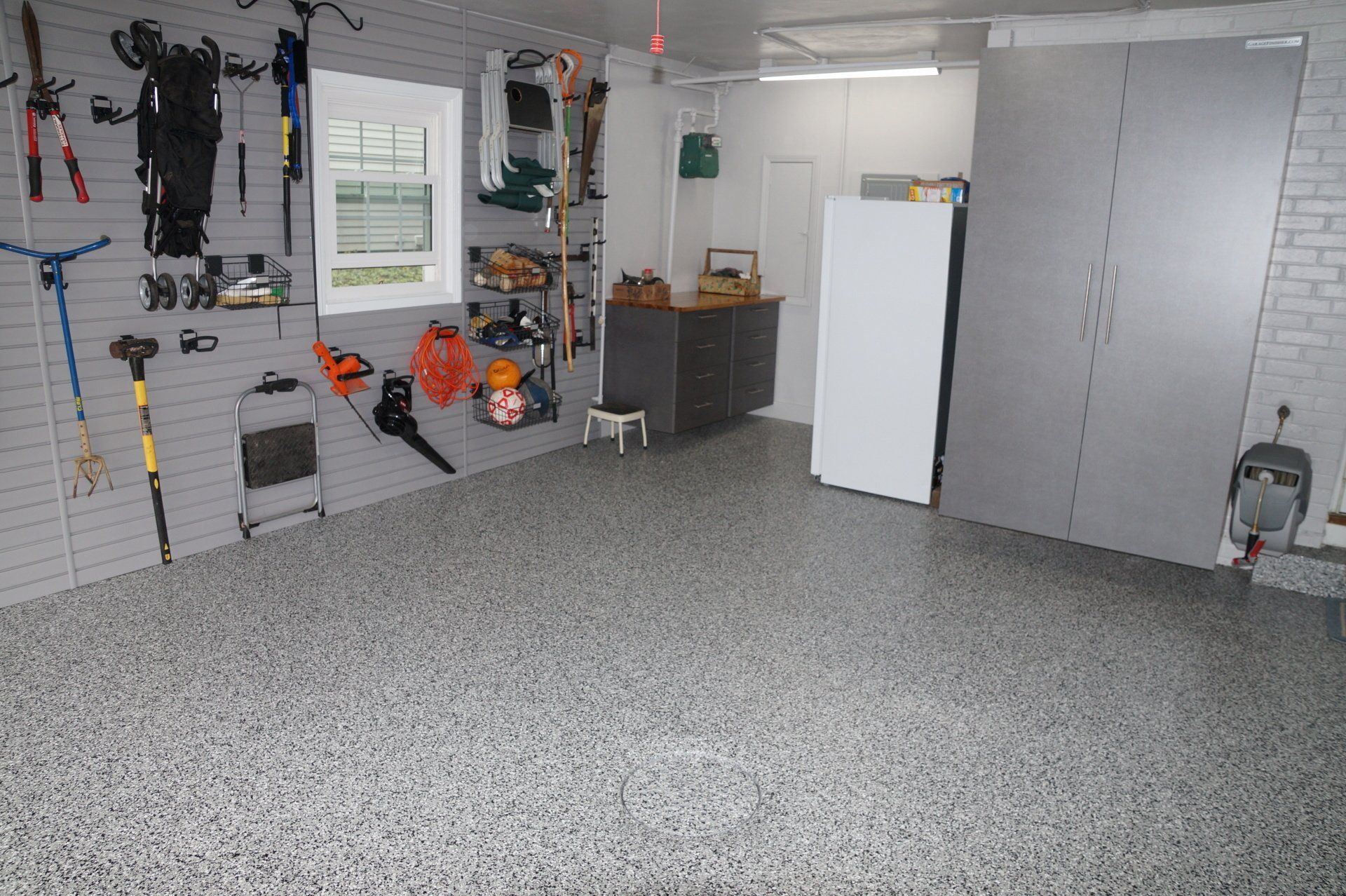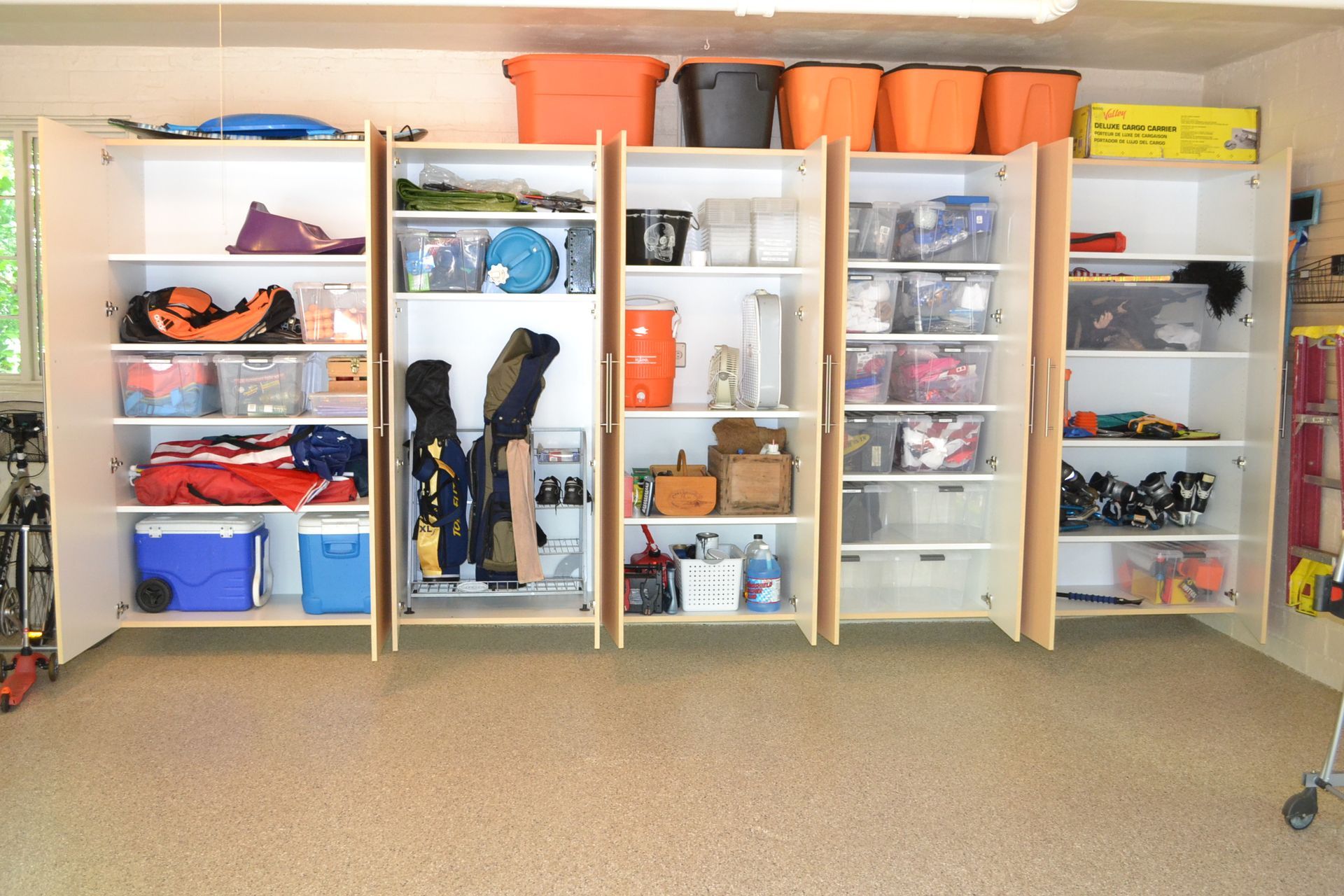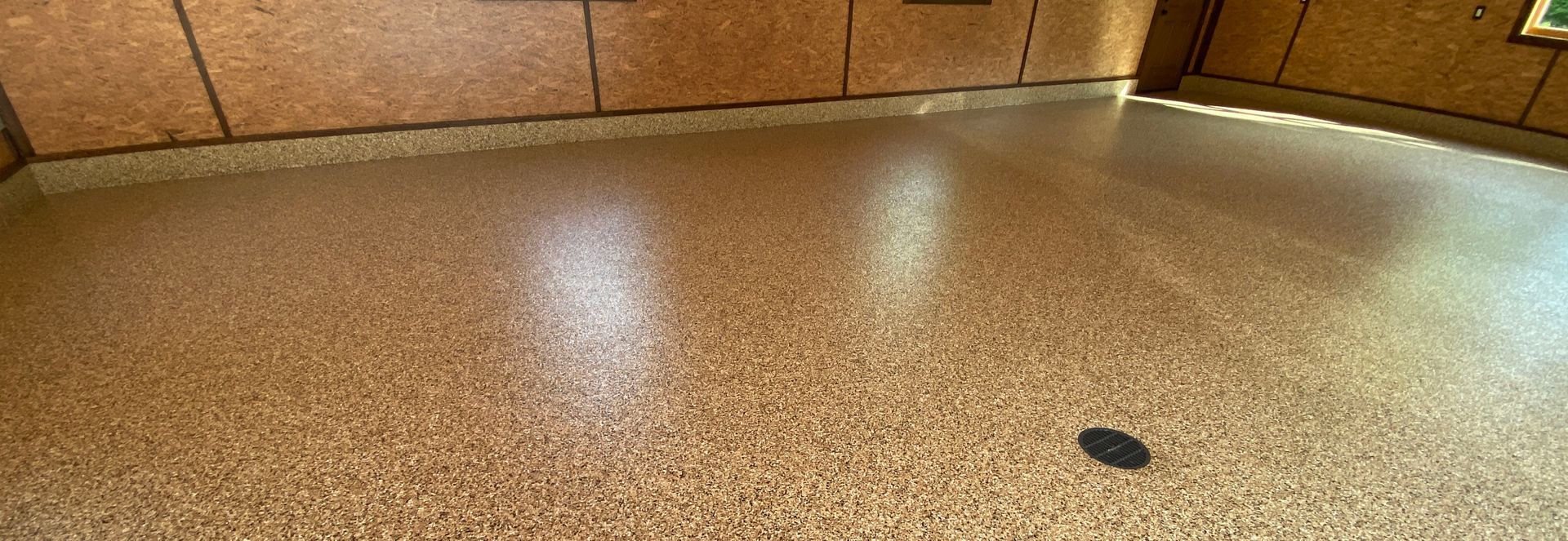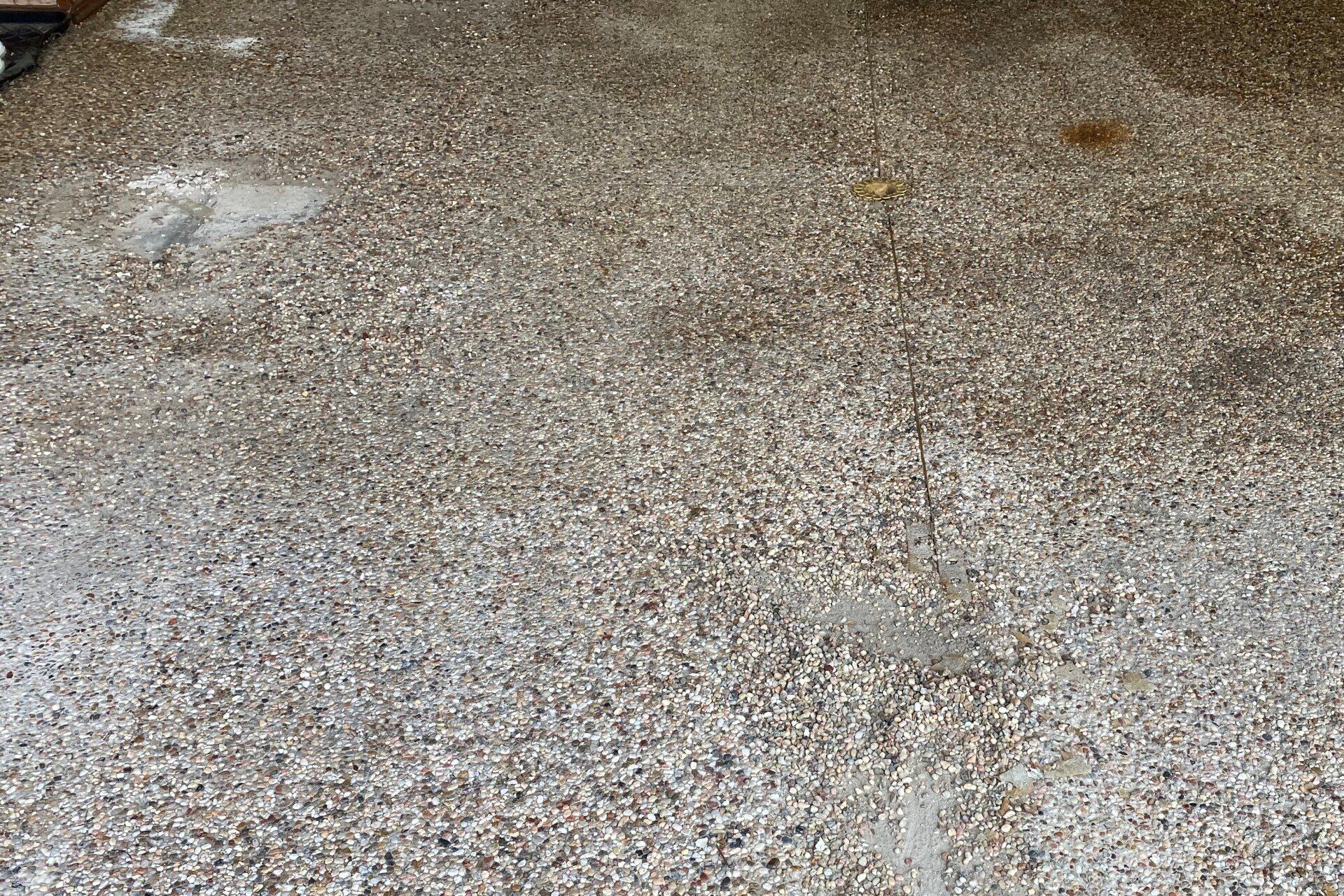Everything You Need To Know About Installing Polyaspartic Flooring
If you still have a plain concrete slab for the floor in your garage, there are much better options in garage flooring!
Concrete is fine as the beginning of a garage floor, but it really shouldn't be your only flooring. Concrete is reasonably strong, but it's exceedingly brittle, easily damaged by road salt and easy to crack - while being hard to repair when damage happens.
Also, concrete is porous, meaning it's exceptionally easy to stain. You probably already have some oil stains embedded into your existing floor. Without more protection, a concrete slab in a garage is going to start breaking down within a matter of years.
That's why homeowners and businesses across Cleveland are calling their garage floor installers and asking for polyaspartic coatings. There are a few different floor coatings available for concrete floors, but polyaspartic blends are by far the best.
So in this guide, we'll be talking about what polyaspartic flooring is, how it protects your floor, and what you need to know when having it installed.
What Polyaspartic Flooring is? How it Protects your Floor?
I. Why Refinish Your Garage Floor With Polyaspartic Coating?
The idea of coating concrete floors with a resin goes back to the 1940s-50s, with epoxy quickly becoming the default standard. Epoxy became very cheap to install, but it had numerous issues. Among other things, it's still fairly easy to damage, peels under hot tires, has not penetration into the concrete and it fades in sunlight, and it typically needs to be repairs or replacement as the years go by.
So better alternatives were called for, and polyaspartic coatings were developed in the 1990s. This resin is based around polyurethane, a type of plastic, which makes it more durable and resilient than brittle epoxy. Installing it brings several major benefits to garage floors, whether they're at home or in a commercial setting:
1. An incredibly durable, strong surface
Simply put, there's currently no stronger material on the market for garage flooring than a polyaspartic coating. It has exceptional resistance to crushing damage and can hold up even heavy machinery, while also being difficult to scratch or chip. It can hold up to abuse in even the most high-use situations, while still lasting for years.
2. Excellent stain and chemical resistance
Polyaspartic coatings are entirely impervious to and can stand up against any chemical which would be reasonably found in a garage. If something spills, just mop it up, or hose down the floor. It won't do any damage, and it won't stain the floor either.
3. High UV resistance
Most other resinous coatings will fade, or become brittle, when exposed to direct sunlight -but not polyaspartic coatings. They're just as effective in outdoor areas, or in open garages, as in any other application.
4. Low maintenance / high value
Basically, as long as you periodically sweep and mop your polyaspartic floor, it will last for years - even decades - with no other maintenance required. It will last much longer than other alternatives, making it an excellent long-term value.
Garage floor installers still relying on epoxy will emphasize its lower up-front cost, which is true enough, but without mentioning the much higher long-term costs like total replacement.
5. Less Downtime
Last but not least, polyaspartic floor coatings cure much faster than other coatings as well. However, let's dig into this issue more.
II. What To Know When Installing Polyaspartic Flooring
If you're thinking about resurfacing your garage floor with a polyaspartic blend, there are several important decisions to make. Let's look into those in more detail.
1. Call in professional garage floor installers
Polyaspartic floor coating is a very tricky to work with because it cures and dries so quickly. Because of that, this is a job that you'll want to leave to the professionals.
Some may say epoxy is superior because you can potentially install it yourself, but that's a risky proposition. Commercial Epoxy is hard to apply. Epoxy sold via DIY kits isn't as strong as what professionals use and won’t last long, maybe even less than one year.
Simply put, installing your own resinous coating isn't going to work out well in any scenario. So, it's best to call in qualified garage floor installers to handle your installation. Pick a professional with more than a decade in business and a straightforward warranty with no exclusions.
2. Choosing a time of year
Another major benefit of polyaspartic coatings is that they are less sensitive to temperature and humidity than other floor coatings. A polyaspartic floor can even be installed in sub-freezing temperatures, and it will only slightly delay the drying process.
The biggest "X factor" is rain. All resinous coatings, including polyaspartic coatings, are sensitive to water. Beyond preparing the concrete and ensuring it's thoroughly dried, the air itself needs to be as dry as possible for best results with epoxy but not polyaspartic.
This is another issue with epoxy. Because it takes 2-3 days to cure in even the most favorable of situations, an unexpected storm can potentially mess up the process by driving the humidity up too high adding days or weeks to the dry time.
Because polyaspartic floors typically take less than 24 hours to cure, there's hardly any chance of an issue with professional installation and high humidity actually speeds the dry time.
3. The condition of your concrete will affect installation times
Polyaspartic coating can typically be installed in a single day, and is ready for use the next day if professionally installed. The concrete floor must be repaired and properly prepared before any coating is applied.
To begin with, if there are any major problems with the concrete - such as large cracks or holes - these will need to be repaired first. The concrete surface should be as solid as possible before beginning the process, or else the resin may not spread evenly.
Also, the floor will need to be prepared. This is typically done by running a large grinder over the top of the floor, which works more or less same way that sanding smooths down rough wood. The grinder will ensure the surface is even, while making it much easier for the resin to properly adhere to the concrete.
(This step is another reason that DIY resin installs rarely work out well, since you're not likely to have access or experience with concrete grinders.)
So, if your concrete is in bad shape, assume installation will take longer unless you have a professional garage floor installer properly repair and prep the concrete before the actual installation of the polyaspartic coating.
4. You have plenty of options in colors and finishes
Your polyaspartic floor can be virtually any color you want.
Beyond that, if you want to get really fancy, it's even possible to embed objects or images within the layers of polyaspartic coating. For example, metal flakes can create a very cool sparkling look. We've even seen more complicated setups - like a faux undersea look, complete with plastic fish in the mix. Your polyaspartic floor can look like almost anything you want, to match your paint scheme, corporate colors, or just whatever strikes your fancy.
5. More layers creates a better floor
A large factor that separates the best garage floor installers from the rest is how many layers of coating are applied. The more coats the floor receives, the stronger and more durable the final result.
At Garage Finisher, we have a proprietary five-layer process that brings exceptional results. This combines multiple layers of color and decoration, along with several layers of a proprietary polyaspartic blend itself, to create a truly resilient floor that can stand up to almost anything. Despite the extra work, we can still typically install your polyaspartic floor in one day!
We'll even move any objects out of the garage before installation, store them, and then come back and organize them in your garage the next day.
This is why homeowners and business owners across Cleveland are turning to polyaspartic coatings, and Garage Finisher should be your garage floor installer of choice. We believe our Forever Floor process to be the best on the market, delivering superior long-term value.
